Are you anxious to remove your saved login credentials on the Teams app?
Some use the Teams app on a shared PC, so removing login credentials is necessary for security purposes. Plus, erasing all the credentials cache helps to fix login errors and laggy app issues.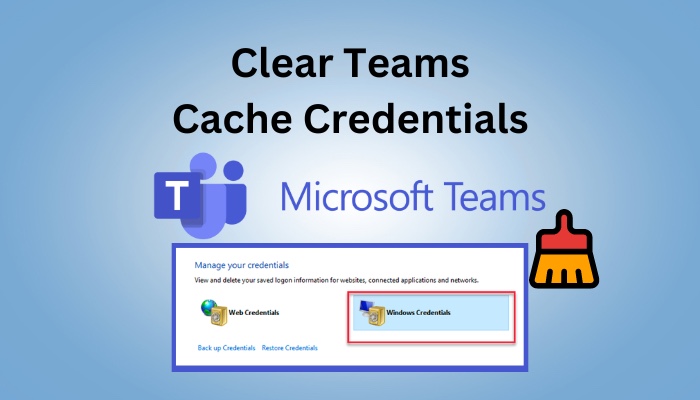
So, if you are desperate to clear all the Teams cache credentials, read this article until the end. I have given the easiest methods to clear Teams caches.
Let’s begin without further ado.
How to Clear Teams Cache Credentials in Windows OS
To clear out Teams cache credentials from windows 10 or 11, go to the Control Panel > User Accounts > Credential Manager. From there, you must delete a specific Generic Credential of MS Teams. Deleting all the AppData of Teams will do the job for you too.
To know the clearing process of Teams cache credentials in depth, follow the methods below.
Here are the methods to clean Teams cache credentials in Windows OS:
1. Use the Credentials Manager
To clear all the Teams cache, you must proceed to the usual Control Panel of Windows. From there, you have to look for the Credentials Manager under the User Accounts section. Then delete all the credentials that belong to MS Teams. For a more precise procedure, take a look at the below steps.
Here are the steps to clean Teams cache credentials from Windows Credentials Manager:
- Quit the Microsoft Teams app first.
- Press the Windows key + R, type control panel and hit Enter.
- Navigate to Control Panel > User Accounts > Credential Manager.
- Click on the Windows Credentials.
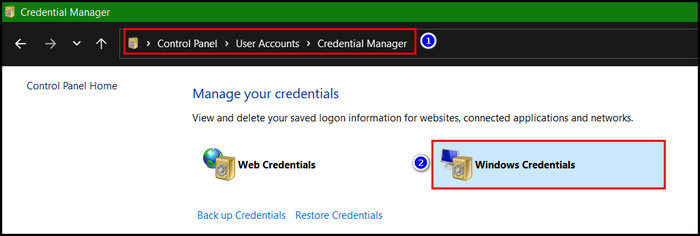
- Select the expand button of the MS Teams section: msteams_adalsso/adal_context_segments.
- Click on the Remove button.
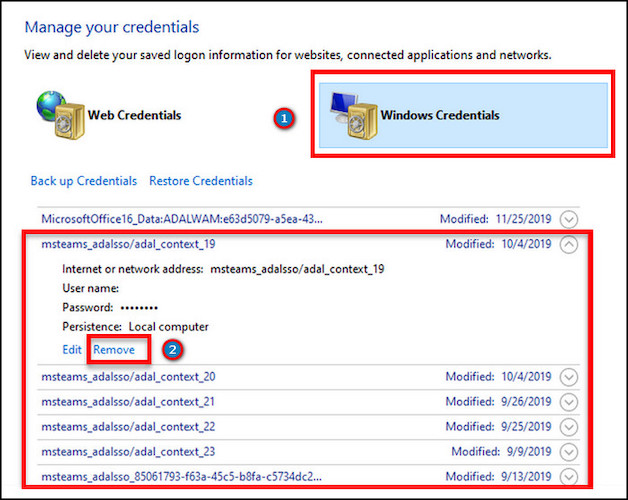
- Select the Yes button to confirm the removal process.
Repeat the same steps for all the Teams segments. Expand and select the Remove button to clear all Teams cache credentials. Performing the above steps will wipe out all the credentials of Teams.
After clearing all the login credentials, you may want to optimize the Microsoft Teams performance. Well, there are several ways to do that too.
2. Erase Cache from AppData
All the app’s cache gets stored in the AppData. Cache files are important for loading apps faster by providing the necessary credentials. Moreover, cache data is stored temporarily and mainly used by the CPU, web browser, apps, and OS.
Teams login error is also fixable by clearing the cache files of Teams. Suppose you have cleared out all the cache to fix the login error CAA2000B and failed to do so. There are other methods to fix the Teams login error CAA2000B.
These cache files are accessible, and you can delete them too. So, erasing Teams cache credentials from AppData will wipe all Teams cache credentials. To do so, follow the below steps.
Here are the steps to erase Teams cache credentials from AppData:
- Click the arrow icon from the Taskbar and right-click on Teams.
- Choose Quit from the context menu.
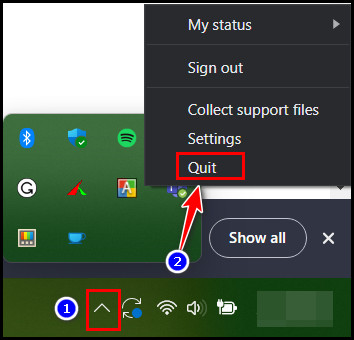
- Press Windows key + R to invoke Run.
- Type %appdata%\Microsoft\Teams and hit Enter.
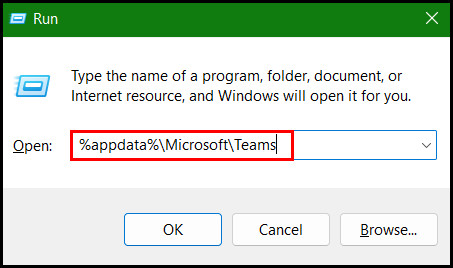
- Hold Ctrl and only select the following folders with a single click:
- blob_storage
- Cache
- databases
- GPUCache
- IndexedDB
- Local Storage
- tmp
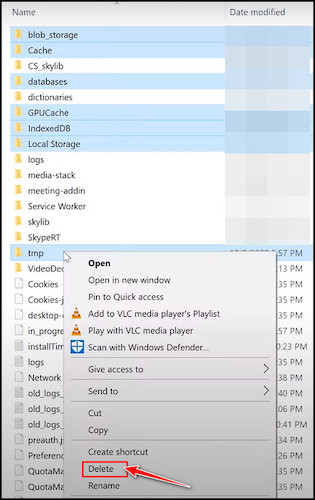
Deleting the above folders from the Teams AppData folder will wipe Teams cache credentials. Some suggest deleting all the folders inside the Teams, but you don’t need to do that only to clear the Teams cache.
Well, clearing the caches will fix several login issues for sure. Clearing the caches also solves connections issues with Teams, but there are other ways to fix connection issues on Teams.
After clearing all the caches, launch the Teams app and this time, it will ask for a login to the Teams account with the credentials. Enter all the login credentials and hit the login button.
How to Clear Microsoft Teams Cache Credentials on Mac
If you are using Teams on a macOS, go to the mac’s library and delete the Teams folder. It’s a similar process to deleting Teams cache from the Windows AppData. Plus, open the Keychain Access and delete the Teams identity cache to wipe all the Teams credentials.
Let’s see the total procedure in detail, so follow the below steps.
Here are the steps to clear MS Teams cache credentials on Mac:
- Go to doc and, right-click on MS Teams, choose Quit.
- Launch Finder.
- Select Go > Go to Folder.
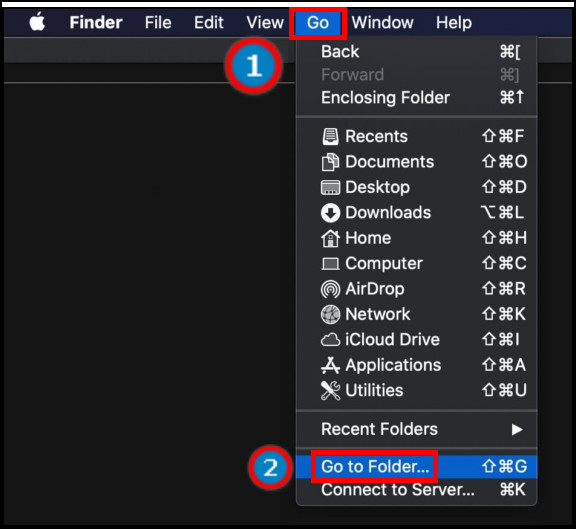
- Paste ~/Library/Application Support/Microsoft in the text box and click Go.

- Right-click on the Teams folder and choose the Move to Trash option.
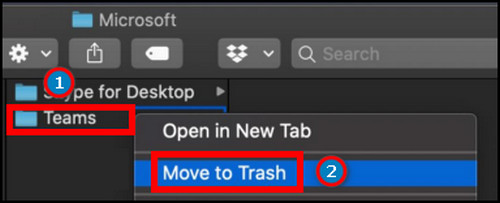
- Launch the Spotlight Search.
- Type keychain access and select Keychain Access.app.

- Search for Microsoft Teams in the search box.
- Look for Microsoft Teams Identities Cache and right-click on it.
- Select the Delete “Microsoft Teams Identities Cache” option.
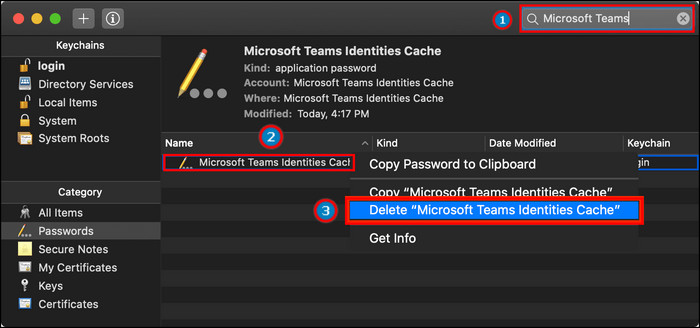
- Close Keychain Access and launch the Teams app.
Now Teams app will ask for login credentials due to wiping out all the cache credentials for Teams. After that, enter all the credentials and log on to your Teams account.
Check out our epic guide on Microsoft Teams set out of office alerts.
What does Clearing Microsoft Teams Cache do?
Clearing the MS Teams cache will fix the laggy screen when users move between the Teams app. If you installed a faulty Teams add-on, it would create issues in the app. To solve this problem, you can clear the MS Teams cache. Plus, clearing those caches will clear all auto saved login credentials.
Some use a shared PC for accessing Teams app and for security purposes they need to remove login credentials of their Teams account. That’s why clearing cache is important to erase all saved login credentials data.
Sometimes, users can’t log in to the Teams app due to some credentials missing access from the cache files. To resolve this type of login error, you must clear Teams cache. After that, users can log in to the Teams app again after wiping out all the cache credentials of Teams.
As you have experienced, some apps have a clear cache option within the app’s settings. The true but sad story is that Microsoft still didn’t include the clearing cache option in its settings menu.
Finally, you must clean Teams cache credentials to fix some errors like laggy Teams app, login issues, malfunctioned features etc.
Follow our guide on how to export chat history in Microsoft Teams.
FAQs
Should I clear my Teams cache?
You must clear Teams cache when the app lags and create problems while logging in.
How to clear Teams cache manually?
To clear Teams cache, manually right-click on the Teams icon in the taskbar and select the Quit option. Launch Run and type the path %appdata%\Microsoft\Teams, hit Enter. Select and delete blob_storage, Cache, databases, GPUCache, IndexedDB, Local Storage, and tmp; these folders.
What does clearing Teams cache fix?
Clearing Teams cache will fix the login error problem and remove Add-ons, icons, local message history, web caches, etc.
Wrapping Up
Sometimes you need to remove your login credentials if you’re using the Teams app on a shared PC. To remove the saved login id & password of your account, you must wipe all the cache credentials of the Teams app.
Furthermore, clearing those caches also helps to resolve login issues and major problems with Teams. In this article, I have shown how to clean up the cache credentials of Teams for both Windows and macOS. I hope you get all the methods with ease.
So, don’t hesitate to knock me for further guidance regarding Teams related problems. Good luck!




